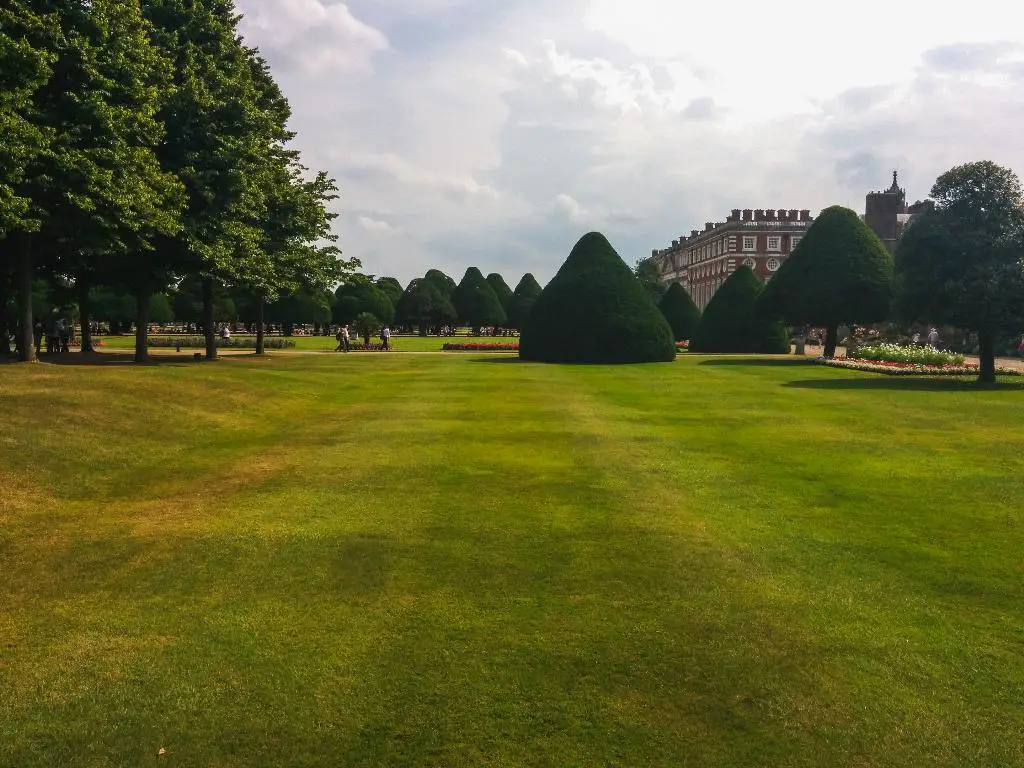When you step outside after a rainy day and spot mushrooms sprouting from your lawn, it’s easy to feel a mix of curiosity and concern. But fear not, as the presence of mushrooms in your yard is often a sign of a healthy ecosystem. These fascinating fungi play an important role in breaking down organic matter, enriching the soil, and contributing to the overall biodiversity of your lawn.
One of the primary reasons mushrooms tend to pop up on lawns is due to the presence of excess moisture. After a period of rain or irrigation, the soil becomes saturated, creating the perfect environment for mushrooms to thrive. As moisture levels rise, the dormant fungal spores in the soil are triggered to germinate and start growing, leading to the emergence of mushrooms on the surface.
It’s important to note that not all mushrooms are harmful. In fact, the majority of fungi that appear in lawns are beneficial and play a crucial role in the decomposition process. These fungi help break down organic matter such as dead leaves, grass clippings, and tree roots, releasing valuable nutrients back into the soil. Without them, the accumulation of organic debris would hinder the growth of healthy grass and plants in your lawn.
While the sight of mushrooms may raise concerns about their impact on the aesthetics of your lawn, it’s essential to understand that their presence is a natural occurrence. Rather than viewing them as unwelcome intruders, consider them as indicators of a well-balanced ecosystem. By supporting the growth of mushrooms, you’re promoting the health of your soil and encouraging a diverse range of microorganisms to thrive beneath the surface.
Furthermore, mushrooms are indicators of soil fertility. The presence of these fungi signifies that your lawn’s soil is rich in organic matter and capable of sustaining a variety of plant life. As mushrooms help decompose organic material, they release nutrients such as nitrogen, phosphorus, and potassium, which are essential for the growth and vitality of your lawn. In essence, mushrooms are nature’s way of nourishing and renewing the earth.
Another reason mushrooms are prevalent in lawns is the lack of disturbance in the soil. Unlike tilled agricultural fields or heavily compacted urban landscapes, lawns provide a conducive environment for fungi to thrive undisturbed. The relatively undisturbed nature of lawns allows fungal mycelium to spread and establish interconnected networks beneath the surface, facilitating the growth and reproduction of mushrooms.
Additionally, the type of grass and plants present in your lawn can influence the growth of mushrooms. Certain grass species, such as fescue or perennial ryegrass, create conditions that are favorable for fungi to colonize and produce mushrooms. The thick thatch layer common in lawns with these grass types provides a nutrient-rich environment for fungi to feed on, promoting their growth and diversity.
It’s also worth noting that mushrooms are essential for maintaining the ecological balance of your lawn. By breaking down organic matter and recycling nutrients, fungi contribute to the overall health of the soil and support the growth of vegetation. Through their symbiotic relationships with plant roots, fungi help enhance the nutrient uptake and resilience of grass and plants, ensuring a vibrant and resilient lawn ecosystem.
Furthermore, the presence of mushrooms in your lawn can serve as a natural bioindicator of soil health. As mushrooms are sensitive to changes in environmental conditions, such as temperature, moisture, and nutrient availability, their abundance or absence can reflect the overall condition of your soil. By observing the types and patterns of mushrooms in your lawn, you can gain valuable insights into the state of your soil and make informed decisions regarding its management.
In conclusion, mushrooms grow on lawns for a variety of reasons, all of which contribute to the health and vitality of your outdoor space. From their role in decomposition and nutrient cycling to their symbiotic relationships with plants, mushrooms play a vital part in maintaining the ecological balance of your lawn. So, the next time you spot a cluster of mushrooms in your yard, embrace their presence as a sign of a thriving and resilient ecosystem beneath your feet.

